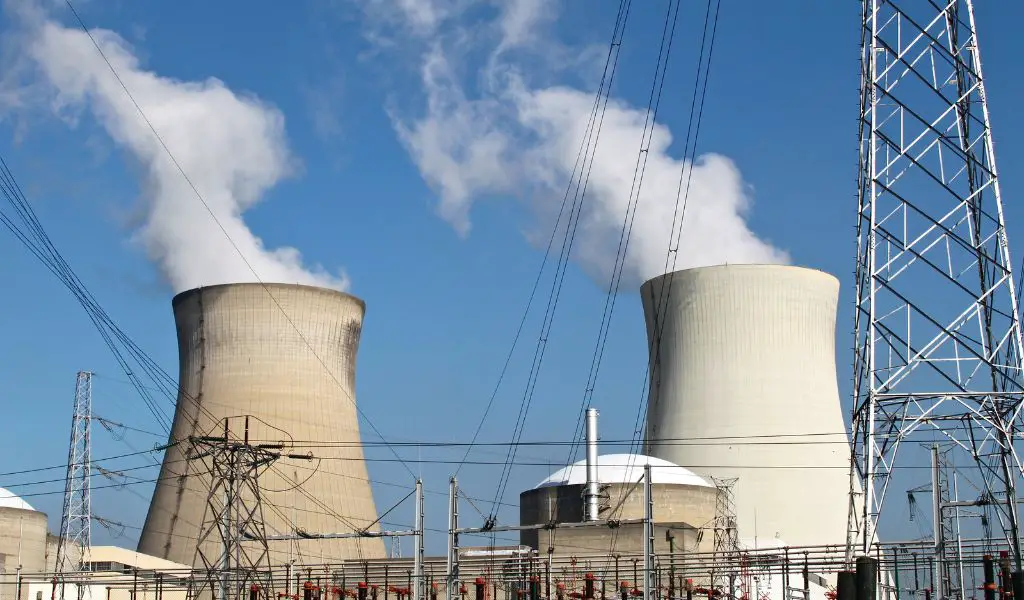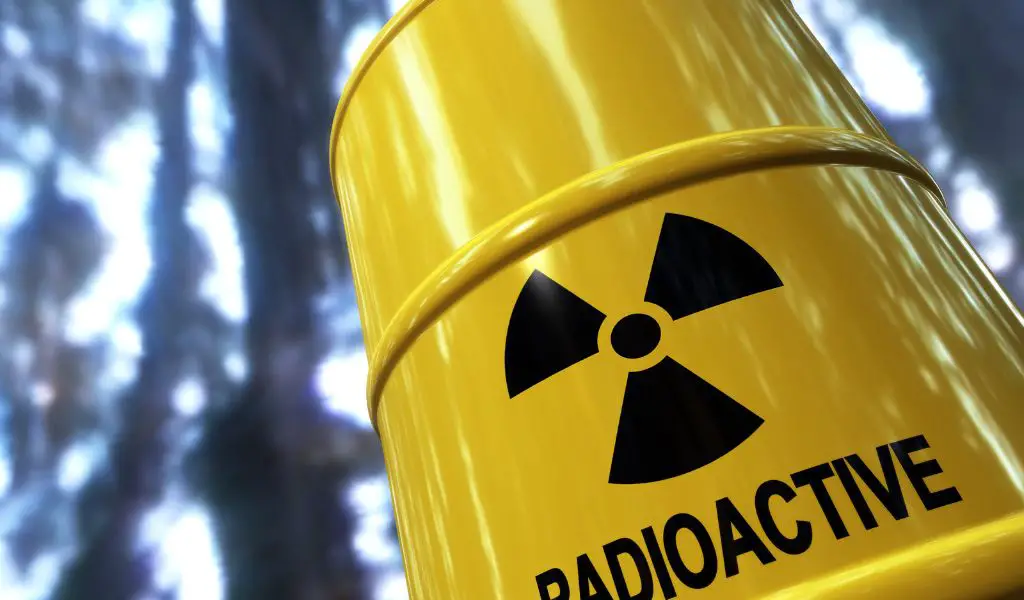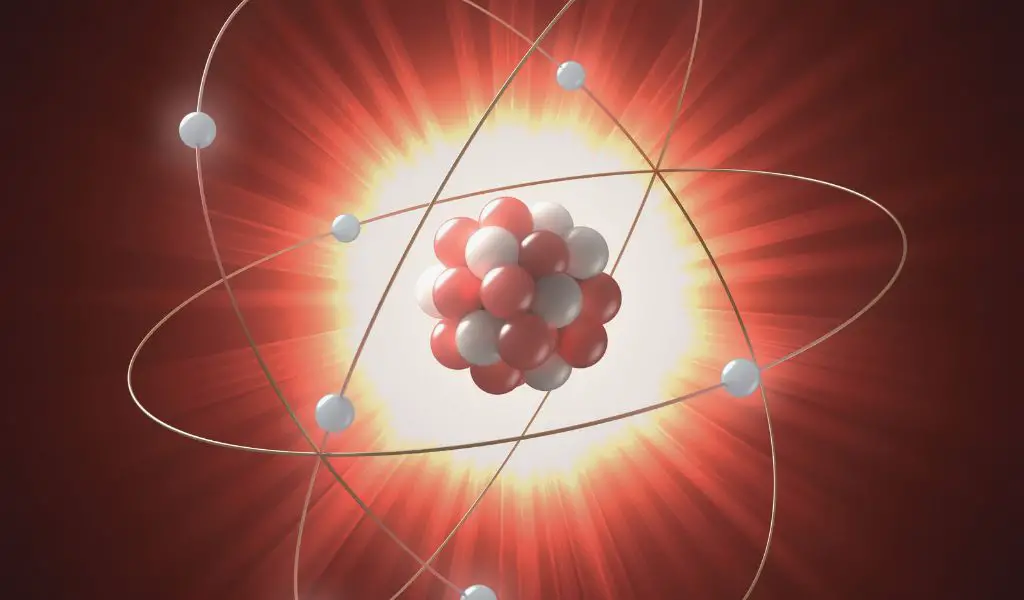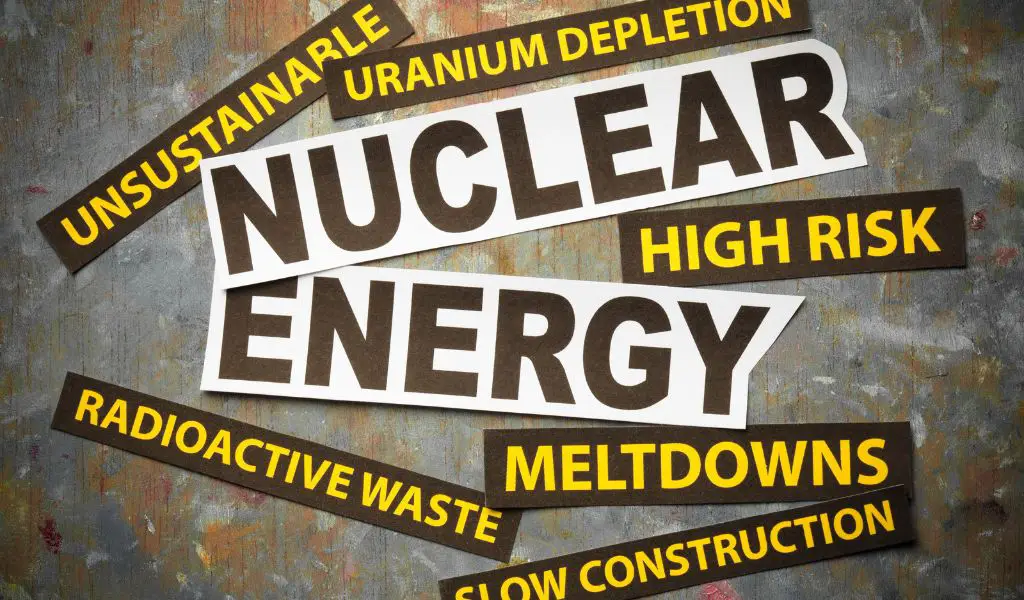Atomic energy is a powerful force that can be used to generate electricity or fuel weapons of mass destruction. Splitting an atom releases this energy, and the consequences of doing so are immense. When an atom splits, it produces two new atoms with different properties than the original atom had. This process is called nuclear fission and it has both positive and negative implications for society.
What Happens If You Split An Atom
The first consequence of splitting an atom is that large amounts of heat are released in a very short period of time which can be harnessed to generate electricity through nuclear power plants or used as explosive force in atomic bombs. Depending on how much uranium-235 (the most common type) was split during the reaction will determine its destructive potentiality if weaponized.
The second consequence involves radioactive waste which includes dangerous materials like plutonium-239 (another form found in nuclear reactors). These byproducts must be safely stored due to their hazardous nature because they have long half lives meaning they take centuries before naturally decaying away into harmless substances again making them difficult to dispose off properly without causing environmental damage.
Lastly, when multiple atoms undergo fission at once – such as what happens inside a reactor core – neutrons produced from these reactions interact with one another creating chain reactions capable enough producing even more intense levels heat known as “criticality”. If not monitored closely could lead catastrophic events like Chernobyl disaster where entire cities were destroyed due massive radiation exposure resulting from meltdown incident occurring there.
How to split an atom at home – How do you split an atom
Splitting an atom at home is a dangerous and complex task that requires advanced knowledge of physics and chemistry, as well as access to appropriate materials. It should not be attempted by anyone without proper training or experience in nuclear science.
The most common way to split an atom is through a process known as fission, which involves bombarding the nucleus of the atom with neutrons until it splits into two smaller nuclei. This can be done using either natural or artificial sources of radiation such as X-rays or gamma rays. However, obtaining these sources can be difficult for those without professional access; therefore, other methods must typically used instead when attempting this type of experiment at home.
🔬 Subscribe to SciMail
Get the latest science discoveries straight to your inbox!
One alternative method for splitting atoms is through chemical reactions involving isotopes (atoms with different numbers of neutrons than regular elements) that are unstable enough to break down under certain conditions (such temperature changes). In order to achieve this reaction safely however, one would need specialized equipment like centrifuges and particle accelerators in addition to hazardous chemicals such as uranium hexafluoride gas. Thus making it impractical for amateur scientists who do not have access these resources from their own homes. As such, any attempt at splitting an atom should only ever take place within professionally supervised laboratory settings where safety protocols are strictly enforced.
Can you accidentally split an atom
The notion of accidentally splitting an atom is a common misconception. The process of nuclear fission, or the splitting of atoms, requires immense energy and precision to achieve. This level of control makes it virtually impossible for someone to accidently split an atom without the aid sophisticated equipment or technology.
Atomic nuclei are held together by strong forces which require large amounts energy to overcome in order for them be split apart into smaller particles such as neutrons and protons. This process can only be achieved through a variety processes including bombardment with high-energy particles such as electrons, gamma rays or neutrons; all which require complex machinery operate properly and safely.
Is it illegal to split atoms
While it is not illegal to split atoms, there are strict regulations that must be followed when doing so due to the potential dangers associated with this type of activity.
The first regulation involves obtaining permission from regulatory agencies such as the Nuclear Regulatory Commission (NRC) in order for any organization or individual to conduct atomic splitting activities. The NRC requires organizations and individuals who wish to perform these activities provide detailed plans on how they will safely manage radioactive materials and waste products generated during their work before granting approval for any project involving atomic splitting. Furthermore, all personnel involved in such projects must complete extensive safety training courses prior being allowed access into areas where atomic splitting takes place .
In addition to requiring approval from regulatory bodies like the NRC , those wishing engage in atomic-splitting activities may also need obtain licenses from other government entities depending on what country they are located within . For instance, countries belonging European Union require anyone engaging this kind research submit request authorization through Euratom which then evaluates each application based upon its own set criteria before issuing license allowing individual continue with their experiments.







Leave a Reply